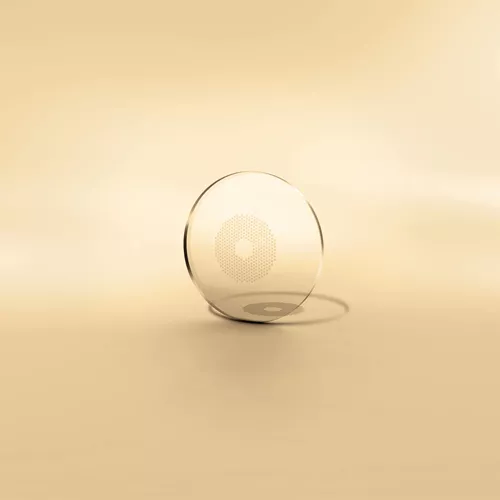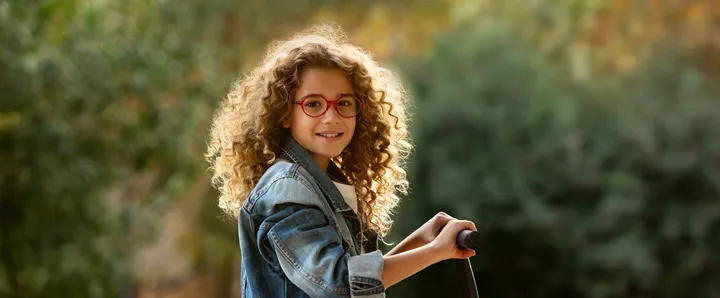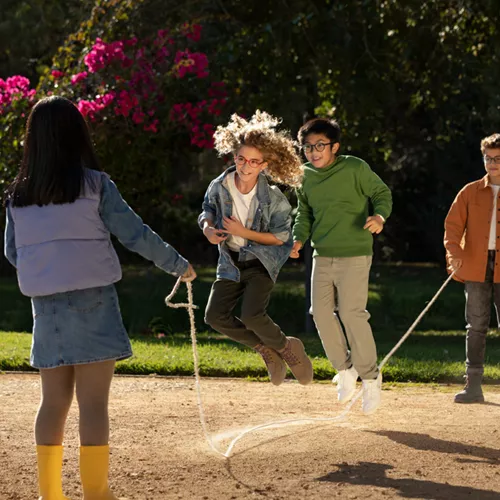Clinical studies are the foundation of any evidence-based treatment.
They aim to:
- Evaluate effectiveness of a treatment
- Evaluate safety of a treatment
- Provide answers to topics of interest regarding a specific treatment
This information can help you assess if a treatment is the right solution for your child with an Eye Care Professional.




